jade plant pruning
L Evve (Miami)
last month
Featured Answer
Sort by:Oldest
Comments (6)
L Evve (Miami)
last monthpopmama (Colorado, USDA z5)
last monthRelated Professionals
Fort Lee Landscape Architects & Landscape Designers · Wayland Landscape Contractors · Wethersfield Landscape Contractors · Fountain Hills Interior Designers & Decorators · South Elgin Landscape Architects & Landscape Designers · Ashburn Landscape Contractors · Centereach Landscape Contractors · Hendersonville Landscape Contractors · Long Beach Landscape Contractors · El Monte General Contractors · Rock Island General Contractors · Villa Park General Contractors · Maryland Carpenters · Plainfield Carpenters · Hampton Bays Decks, Patios & Outdoor EnclosuresL Evve (Miami)
last monthL Evve (Miami)
last monthtapla (mid-Michigan, USDA z5b-6a)
last monthlast modified: last month
Related Stories
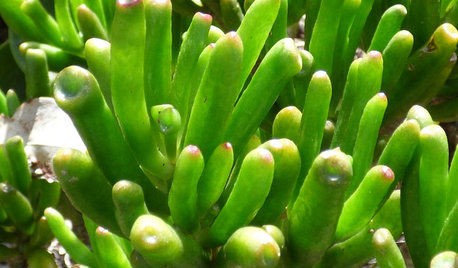
HOUSEPLANTSHow to Grow Jade Plants That Look Like Shrek’s Ears
These cute and quirky plants can be easy-care houseplants for adding green to your desk, bookshelf or tabletop
Full Story
GARDENING GUIDESGot Frost-Damaged Plants? How It Happens, and When and How to Prune
Crispy brown leaves are a sure sign that Jack Frost has been to your neighborhood
Full Story
TREESGreat Design Plant: Southern Live Oak Offers an Unbeatable Canopy
Keep it dense or prune it for more light. No matter how you grow Quercus virginiana, it’s a majestic addition to its native landscape
Full Story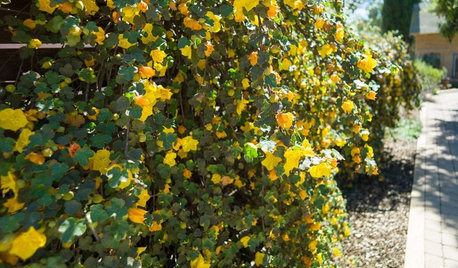
GARDENING GUIDESTidy Up Sprawling Native Shrubs With These Pruning Tips
Sound horticultural pruning methods work for native and nonnative plants alike
Full Story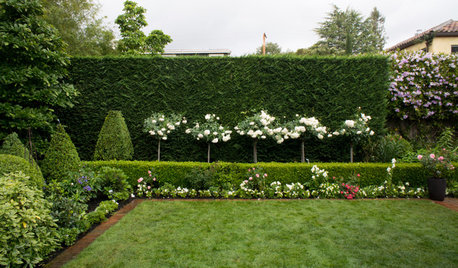
GARDENING GUIDESTake Care of Your Hedges With These Pruning Pointers
Hedging plants are often called the garden’s architecture. Here’s how to keep different kinds healthy and attractive
Full Story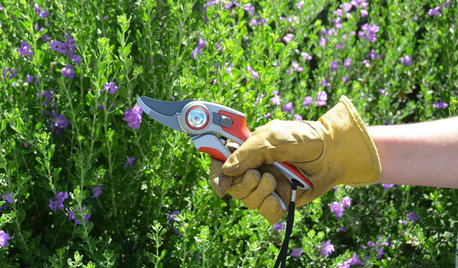
GARDENING 101Key Pruning Terms to Help You Shape Up Your Garden
Learn why heading back, crown raising and other practices are essential for your plants’ health and beauty
Full Story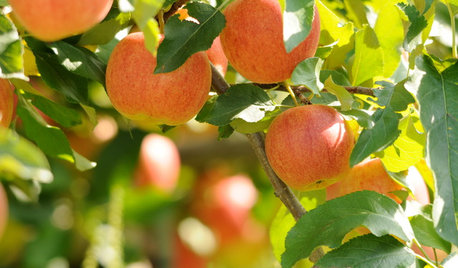
WINTER GARDENINGHow to Prune Your Fruit Trees in Winter
Garden chores may slow down this season, but pruning your fruit trees now means healthier plants that will produce more
Full Story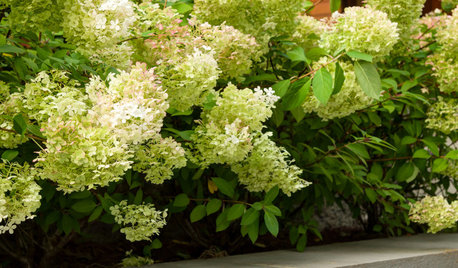
GARDENING 101When Should You Prune Your Trees and Shrubs?
Pruning keeps plants healthy. Find out the best time to cut back flowering trees, needle-bearing shrubs and more
Full Story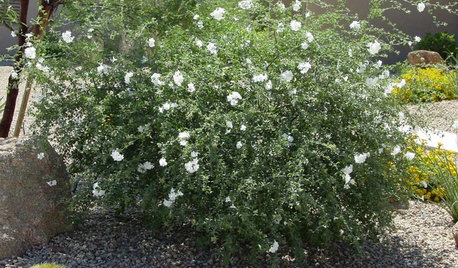
GARDENING GUIDESGreat Design Plant: Little-Leaf Cordia Handles Desert Extremes
Its delicate white flowers are rare in hot and dry sites, but Cordia parvifolia offers more than mere beauty
Full Story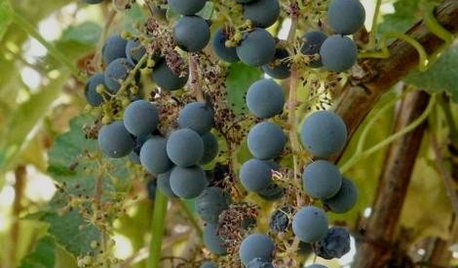
GARDENING GUIDESGreat Design Plant: Try California Wild Grape for Interest All Year
Sure, it’s stunning in fall. But the spring buds, summer grapes and gnarled winter vines are gorgeous too
Full StorySponsored
More Discussions






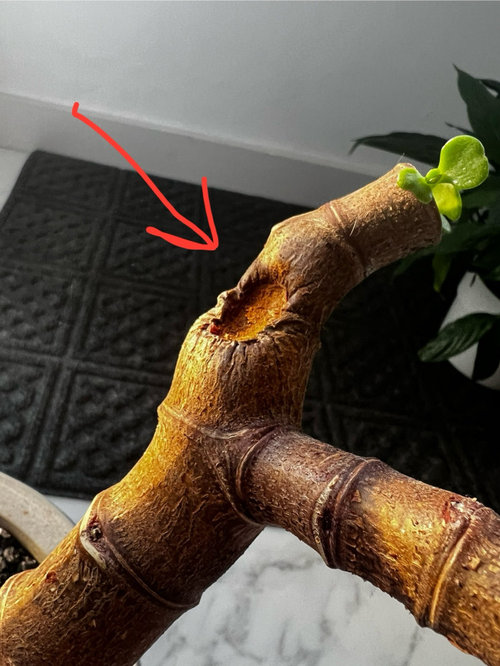
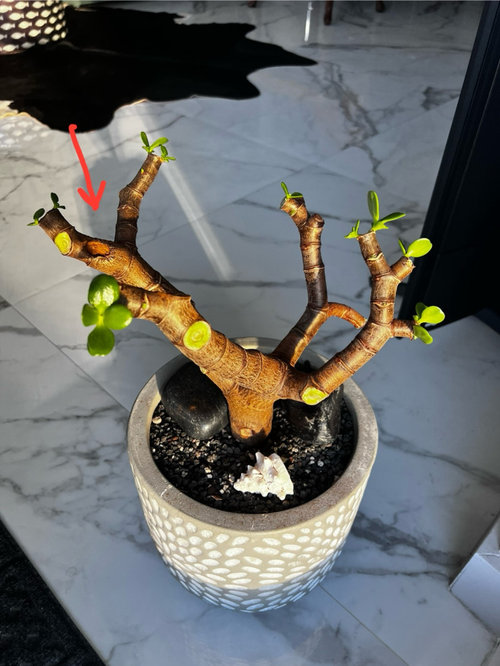
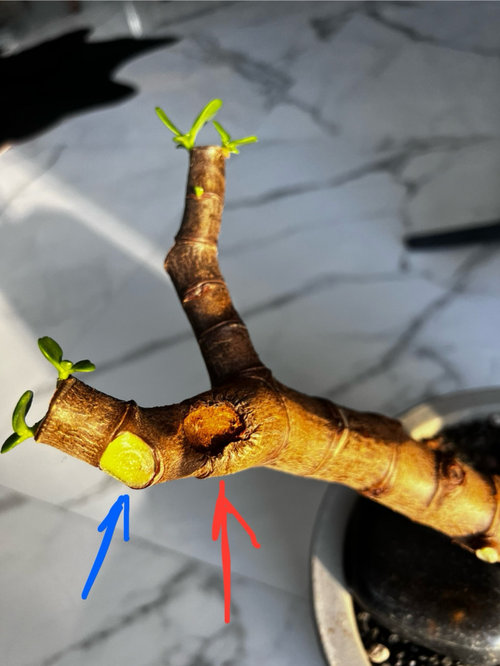

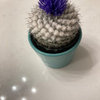

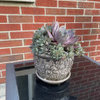
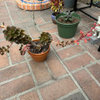
john davis